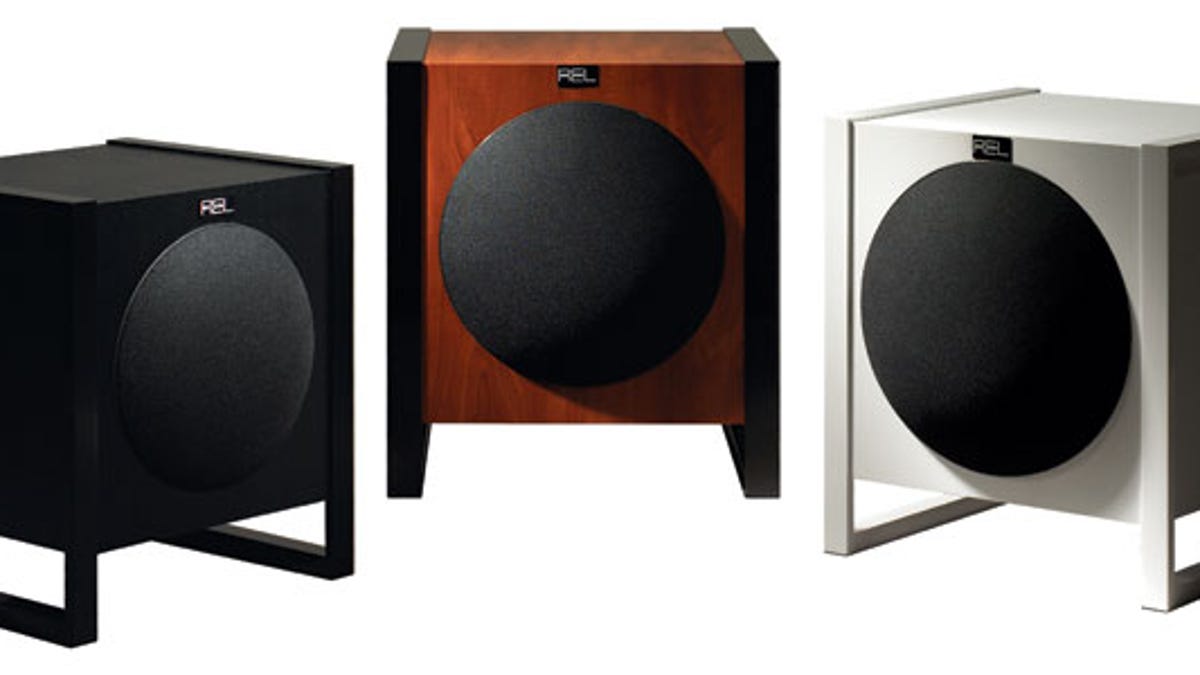How to make your subwoofer sound better
No matter how good your subwoofer is, you can get better sound from it.

I recently wrote about how to improve the sound of your speakers by fine-tuning their placement in your room. Hey, it's a free "tweak," and can make a big difference in your sound.
The same logic applies to subwoofers. So if you just plopped your sub down in the corner, chances are you haven't even begun to hear how good it can sound. Optimizing subwoofer placement within your room is the key to achieving the best possible performance.
To judge the potential for changing the sound, move the sub 5 or more feet from wherever it is, and listen for the difference. If you like the sound, live with the new position for a few days, and then move it again. Try moving the sub to different corners of the room to see which one maximizes deep bass output. Or do just the opposite and place the sub closer to the center of the wall; that may result in smoother, more accurate bass response. Experiment and see for yourself.
Next, examine your subwoofer's connectivity options, and hook up your interconnect cable to the input labeled "Sub In," "LFE," "Direct," or "Bypass," and not the Left/Right Main RCA inputs. I'll cover speaker level inputs and output connectivity in a future blog.
To use the Sub/LFE RCA input you'll need a long interconnect cable; most consumer electronics dealers stock these cables, or try Radio Shack. How long is long enough? Measure the distance between your receiver and sub and remember to include the distances up and down over doorways and furniture. Buying a cable that's a foot or two too short is a drag, and after you've opened the package you may not be able to return it for a refund or exchange.
If your receiver is equipped with an auto speaker calibration program such as Audyssey, run it every time you move the subwoofer to a new position in the room.
If you don't have auto setup, try turning the sub's crossover control knob to its maximum, highest numerical setting (you're going to rely on the receiver's internal crossover control to route the mid- and high frequencies to the speakers and the bass to the sub). You'll find the crossover setting in the speaker setup menu, and on some receivers you'll be presented with a wide range of settings from 40Hz up to 200Hz. Your speaker and/or subwoofer's user manual may offer specific guidance in this area. If not, here are my crossover recommendations: for small speakers with 2- or 3-inch woofers, try between 150Hz and 200Hz; for midsize speakers with 4- or 5-inch woofers, use 80Hz or 100Hz; and with large bookshelf speakers or skinny floorstanding speakers, try a 60Hz or 80Hz crossover.
The real key to getting the best out of the sub lies in achieving a seamless blend with your speakers. Ideally, you should never be able to hear the bass coming from the sub; it should appear to come from the speakers. Try to keep the sub within a few feet of small left front or right front speakers.
Questions? Leave them in the Comments section and I'll answer them soon in a future blog.

